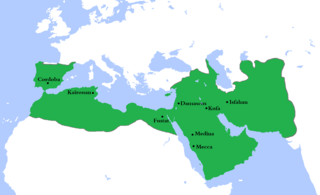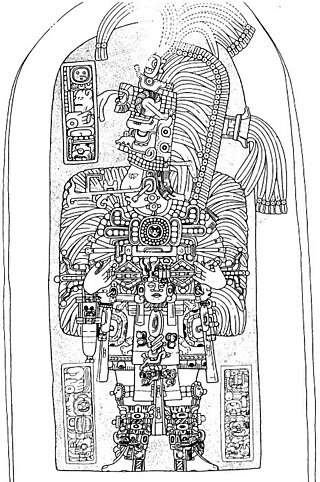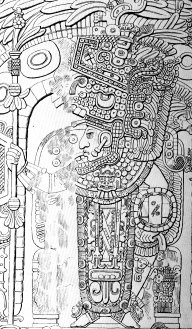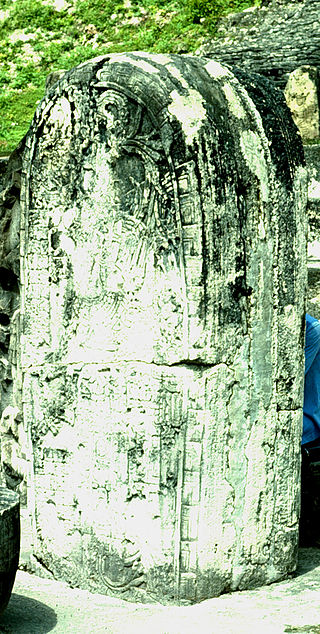The 730s decade ran from January 1, 730, to December 31, 739.

Year 603 (DCIII) was a common year starting on Tuesday of the Julian calendar. The denomination 603 for this year has been used since the early medieval period, when the Anno Domini calendar era became the prevalent method in Europe for naming years.

Year 744 (DCCXLIV) was a leap year starting on Wednesday of the Julian calendar. The denomination 744 for this year has been used since the early medieval period, when the Anno Domini calendar era became the prevalent method in Europe for naming years.

Year 683 (DCLXXXIII) was a common year starting on Thursday of the Julian calendar. The denomination 683 for this year has been used since the early medieval period, when the Anno Domini calendar era became the prevalent method in Europe for naming years.

Year 716 (DCCXVI) was a leap year starting on Wednesday of the Julian calendar, the 716th year of the Common Era (CE) and Anno Domini (AD) designations, the 716th year of the 1st millennium, the 16th year of the 8th century, and the 7th year of the 710s decade. The denomination 716 for this year has been used since the early medieval period, when the Anno Domini calendar era became the prevalent method in Europe for naming years.

Year 648 (DCXLVIII) was a leap year starting on Tuesday of the Julian calendar. The denomination 648 for this year has been used since the early medieval period, when the Anno Domini calendar era became the prevalent method in Europe for naming years.

Year 657 (DCLVII) was a common year starting on Sunday of the Julian calendar. The denomination 657 for this year has been used since the early medieval period, when the Anno Domini calendar era became the prevalent method in Europe for naming years.

Year 682 (DCLXXXII) was a common year starting on Wednesday of the Julian calendar. The denomination 682 for this year has been used since the early medieval period, when the Anno Domini calendar era became the prevalent method in Europe for naming years.
Year 679 (DCLXXIX) was a common year starting on Saturday of the Julian calendar. The denomination 679 for this year has been used since the early medieval period, when the Anno Domini calendar era became the prevalent method in Europe for naming years.

Year 695 (DCXCV) was a common year starting on Friday of the Julian calendar. The denomination 695 for this year has been used since the early medieval period, when the Anno Domini calendar era became the prevalent method in Europe for naming years.

Year 721 (DCCXXI) was a common year starting on Wednesday of the Julian calendar. The denomination 721 for this year has been used since the early medieval period, when the Anno Domini calendar era became the prevalent method in Europe for naming years.

Year 735 (DCCXXXV) was a common year starting on Saturday of the Julian calendar. The denomination 735 for this year has been used since the early medieval period, when the Anno Domini calendar era became the prevalent method in Europe for naming years.

Year 736 (DCCXXXVI) was a leap year starting on Sunday of the Julian calendar, the 736th year of the Common Era (CE) and Anno Domini (AD) designations, the 736th year of the 1st millennium, the 36th year of the 8th century, and the 7th year of the 730s decade. The denomination 736 for this year has been used since the early medieval period, when the Anno Domini calendar era became the prevalent method in Europe for naming years.

Year 738 (DCCXXXVIII) was a common year starting on Wednesday of the Julian calendar, the 738th year of the Common Era (CE) and Anno Domini (AD) designations, the 738th year of the 1st millennium, the 38th year of the 8th century, and the 9th year of the 730s decade. The denomination 738 for this year has been used since the early medieval period, when the Anno Domini calendar era became the prevalent method in Europe for naming years.

Jasaw Chan Kʼawiil I also known as Ruler A, Ah Cacao and Sky Rain, was an ajaw of the Maya city of Tikal. He took the throne on May 3, 682, and reigned until his death.

Yikʼin Chan Kʼawiil also known as Ruler B, Yaxkin Caan Chac and Sun Sky Rain,, was an ajaw of the Maya city of Tikal. He took the throne on December 8, 734.
Ketuyu was a Khitan military chief, notable for his Ketuyu rebellion. Despite the presence of a khagan, he de facto controlled Khitan politics. His power made the Khitan khagan jealous, and he then defended himself by making a coup in 720, against Li Shaogu(李邵固). By this action, he incurred Tang dynasty opposition and they sent military campaigns against him, which he defeated several times. He was eventually crushed by repeated Tang campaigns, and was murdered together with Wa khaghan(洼可汗) Yaonian Qulie(遙輦屈列) by his subordinate Li Guozhe(李過折).

Jasaw Chan Kʼawiil II also known as Stela 11 Ruler,, was an ajaw of the Maya city of Tikal. He ruled c. 869. The monuments associated with Jasaw Chan Kʼawiil II are: Stela 11 and Altar 11.















